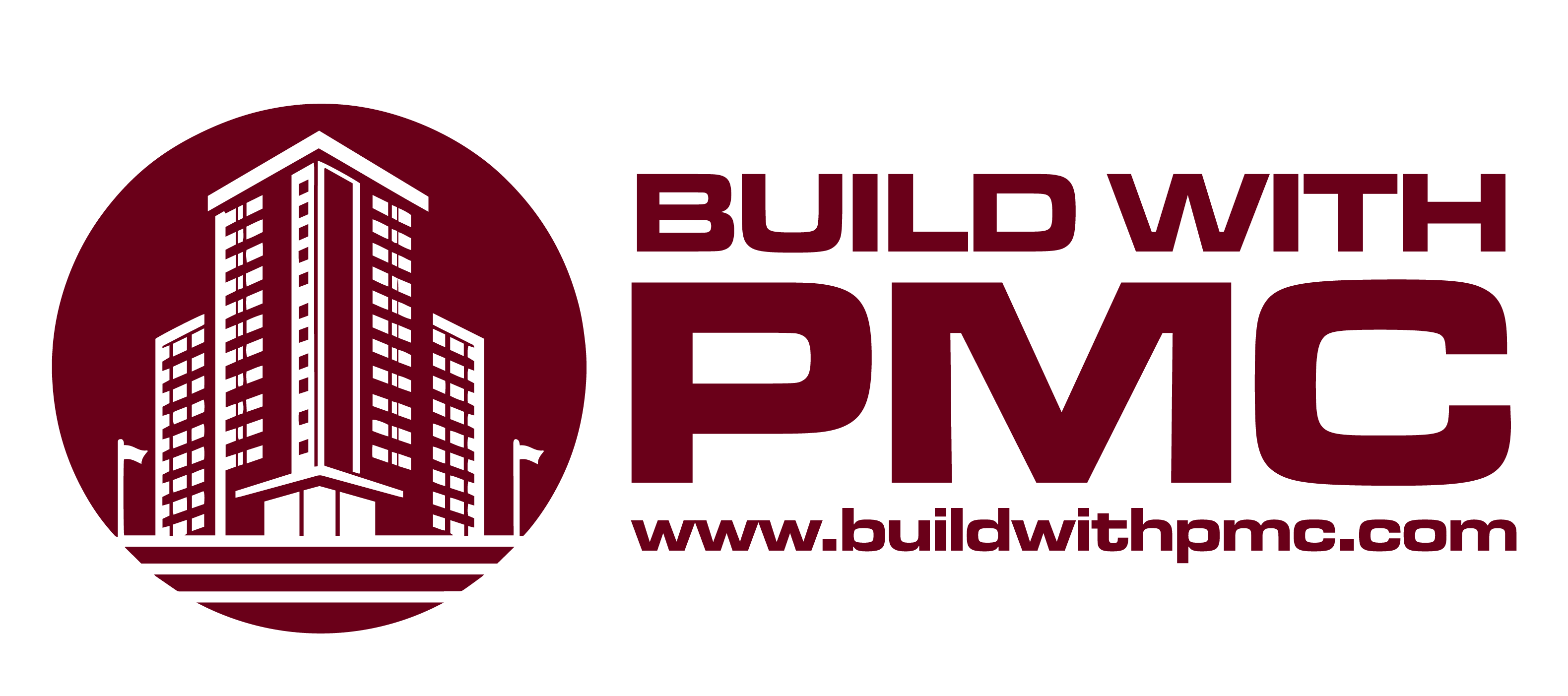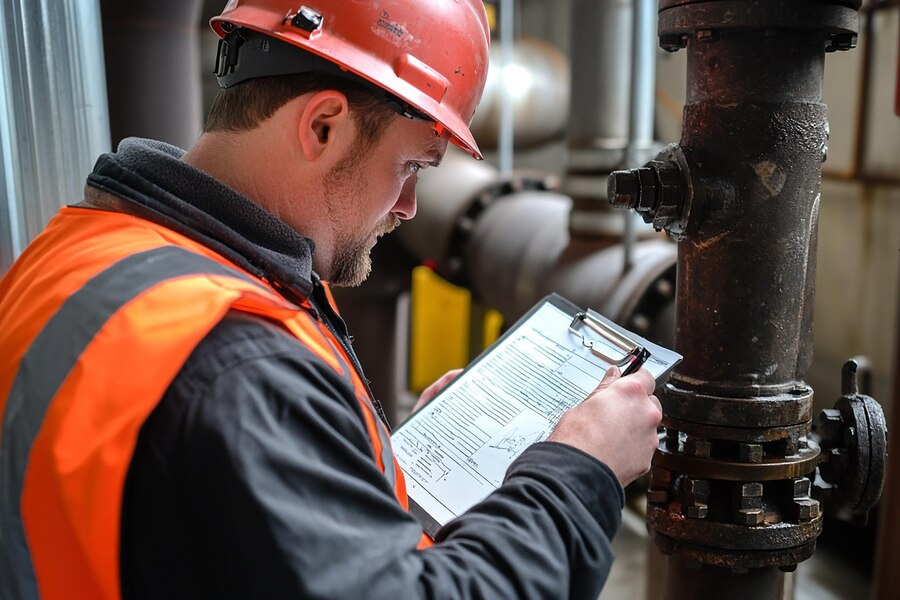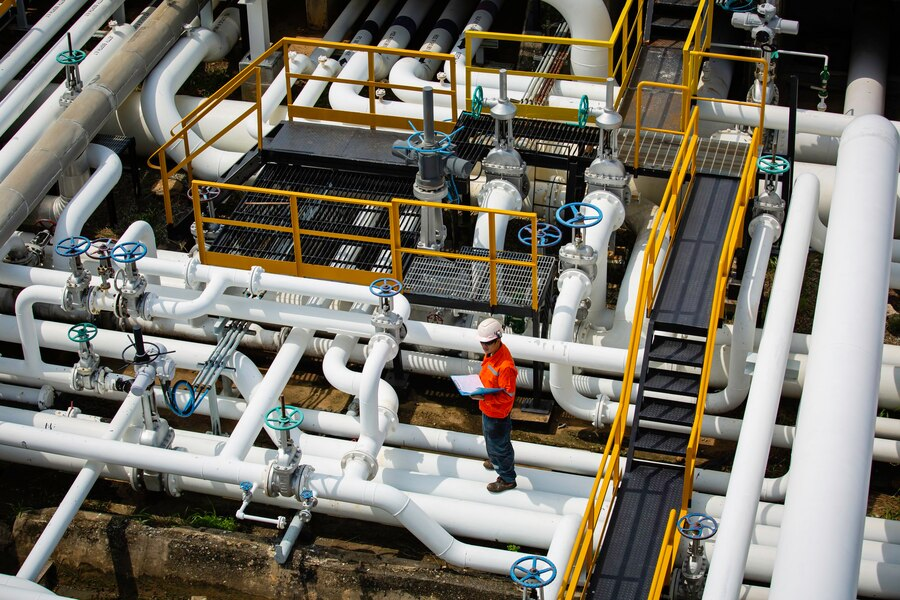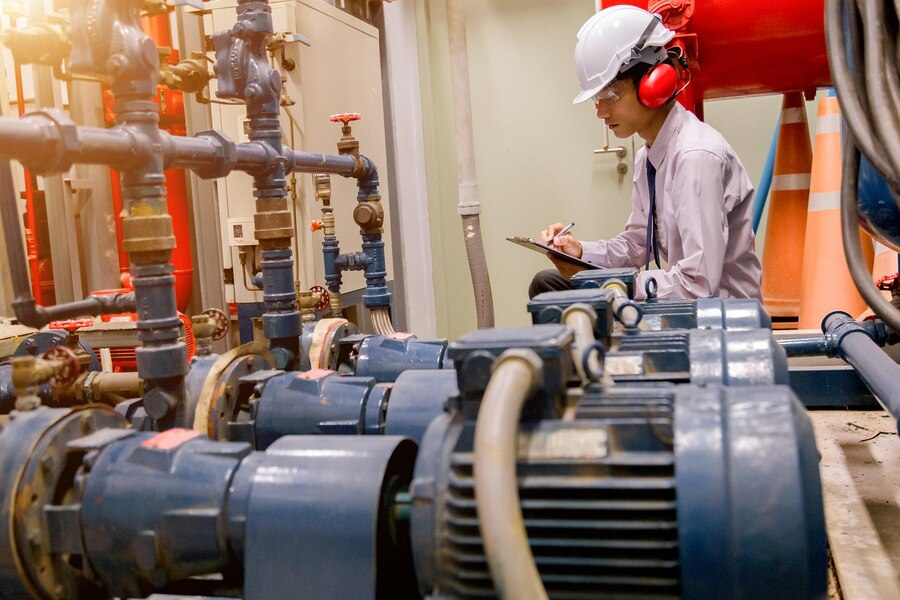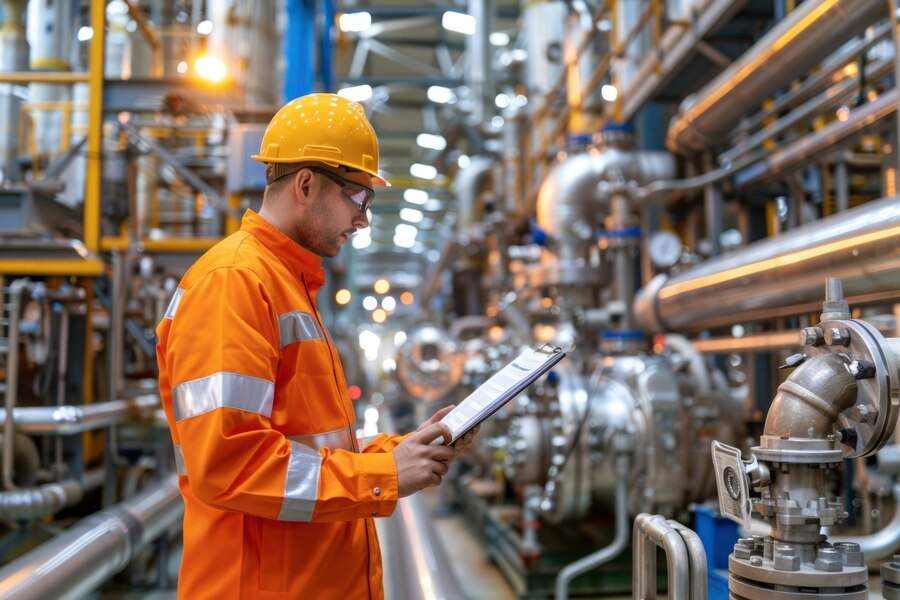Maintaining process piping systems is critical for ensuring safety, efficiency, and longevity in industrial settings. With a wide range of industries relying on these systems, understanding best practices for their upkeep can prevent costly accidents and improve overall performance. Regular inspections, timely repairs, and adherence to safety protocols are essential components of an effective maintenance strategy. This article will explore key practices to help facilities maintain safe and efficient process piping systems, minimizing risks and optimizing operational workflows.
The Essential of Regular Inspections for Process Piping
Regular inspections are essential for maintaining the integrity of process piping systems. Over time, pipes are subject to wear and tear, corrosion, and other environmental factors that can compromise their performance. Inspections help identify potential issues before they escalate into costly repairs or, worse, system failures that can endanger safety. By adhering to a regular inspection schedule, facilities can ensure that their piping systems operate efficiently and safely, minimizing downtime and preventing accidents.
Inspections also offer an opportunity to assess whether the system is functioning according to industry standards and regulations. This proactive approach allows facility managers to make informed decisions regarding necessary maintenance or upgrades, ensuring compliance and extending the lifespan of the piping infrastructure.
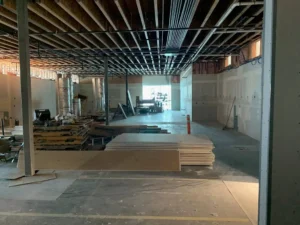
Identifying Common Issues in Process Piping Systems
Process piping systems are prone to several common issues that can compromise safety and efficiency. Early identification of these problems is crucial to avoid costly repairs and operational downtime.
- Corrosion: Corrosion weakens piping materials over time due to chemical reactions with fluids or external factors. It can lead to leaks or pipe failure, increasing the risk of hazardous incidents.
- Leaks: Leaks often occur at pipe joints or connections and result in loss of fluid or gas. They can disrupt operations, increase costs, and pose safety risks to personnel.
- Blockages: Blockages can occur from debris, sediment buildup, or scaling inside pipes. These obstructions reduce flow efficiency, cause pressure imbalances, and may lead to system overloading or shutdown.
- Joint Failures: Faulty or deteriorated pipe joints are vulnerable to stress, leading to separation or misalignment. This can cause significant operational disruptions and pose a serious safety hazard.
The Role of Safety Protocols in Process Piping Maintenance
Safety protocols play a crucial role in the maintenance of process piping systems. Given the hazardous materials often transported through these pipes, ensuring safety during maintenance is paramount. Workers should adhere to strict safety guidelines, including the use of personal protective equipment (PPE), proper handling of chemicals, and ensuring that all maintenance activities are conducted in non-operational or low-pressure environments.
Moreover, safety protocols also include emergency response procedures. If a leak or rupture occurs, having a well-defined emergency plan can minimize harm to workers and the environment. Regular safety training for maintenance staff ensures that everyone is equipped with the knowledge and skills to handle potential risks effectively, reinforcing a culture of safety within the facility.
Preventive Maintenance Strategies for Process Piping
Implementing preventive maintenance strategies for process piping systems is key to extending their lifespan and avoiding unexpected breakdowns. A well-designed preventive maintenance plan includes scheduled inspections, cleaning, and minor repairs, all aimed at keeping the piping system in optimal condition. Routine tasks, such as clearing debris from pipes and checking for early signs of corrosion or wear, can significantly reduce the risk of major failures.
In addition, preventive maintenance allows facilities to stay ahead of potential issues, reducing the likelihood of costly downtime. Regular data collection from inspections can help predict future maintenance needs, allowing facility managers to plan maintenance activities without disrupting operations. This proactive approach ensures both safety and efficiency in the long term.
How to Handle Repairs in Process Piping Safely
Handling repairs in process piping systems requires a strict adherence to safety procedures. Before any repair work begins, the system should be fully depressurized and drained to prevent accidents. Workers should wear appropriate PPE and follow lockout/tagout procedures to ensure the system remains deactivated during repairs. This minimizes the risk of exposure to hazardous substances and unexpected system reactivation.
Once the safety protocols are in place, repairs should be conducted by trained personnel using industry-standard tools and techniques. Whether it’s welding, patching leaks, or replacing sections of the piping, precision is key to ensuring the repair is effective and long-lasting. After repairs, conducting a thorough inspection and pressure testing the system ensures it is ready for safe and efficient operation.
Optimizing Efficiency Through Proper Process Piping Maintenance
Proper process piping maintenance plays a critical role in optimizing system efficiency. When pipes are kept in good condition, fluid or gas flow remains unobstructed, reducing energy consumption and preventing unnecessary strain on the system. Regular maintenance checks help identify inefficiencies such as leaks, corrosion, or blockages, all of which can hinder the system’s overall performance.
Optimizing efficiency through maintenance not only saves on operational costs but also contributes to sustainable energy use. By keeping piping systems well-maintained, facilities can avoid excessive energy waste caused by faulty or outdated systems. This approach enhances both the financial and environmental sustainability of industrial operations, ensuring that processes run smoothly without unnecessary resource expenditure.
The Benefits of Timely Process Piping Upgrades
Timely process piping upgrades can significantly improve system performance, safety, and efficiency. By proactively upgrading outdated systems, facilities can avoid costly failures, enhance operational reliability, and meet evolving industry standards.
- Increased Efficiency: Newer piping materials and components often offer better flow dynamics and reduced friction. This can result in more efficient transportation of fluids or gases, decreasing energy consumption and operational costs.
- Improved Safety: Upgraded systems are designed to meet modern safety standards and withstand higher pressures and temperatures. This reduces the likelihood of leaks, bursts, or other failures that could compromise worker safety and the environment.
- Regulatory Compliance: Keeping up with the latest upgrades ensures compliance with evolving industry regulations. Upgraded systems meet current environmental and safety standards, helping facilities avoid fines or shutdowns.
- Reduced Maintenance Costs: Older systems often require frequent repairs and maintenance. Upgrading to newer, more durable piping materials reduces the need for constant maintenance, lowering long-term operational expenses.
Tools and Techniques for Effective Process Piping Inspections
Effective inspections of process piping systems require a combination of modern tools and proven techniques. Tools such as ultrasonic testing devices, thermal imaging cameras, and pipe scanners can detect issues that are not visible to the naked eye, such as internal corrosion or cracks. These advanced technologies allow for accurate assessments of pipe conditions, ensuring that even hidden defects are identified before they worsen.
In addition to these tools, techniques like non-destructive testing (NDT) provide comprehensive insights into a piping system’s health without damaging it. By using these tools and techniques in tandem, facilities can perform thorough inspections that lead to timely maintenance actions, ensuring the continued safety and efficiency of their process piping systems.
Long-Term Safety Planning for Process Piping Systems
Long-term safety planning is essential for managing process piping systems in hazardous industries. A comprehensive safety plan should outline regular inspections, preventive maintenance schedules, and protocols for handling repairs and upgrades. This ensures that any potential risks are identified and addressed early, reducing the likelihood of accidents and improving the overall safety of the workplace.
Long-term planning also involves training and educating employees on best practices for maintaining and operating piping systems safely. By fostering a safety-conscious culture, companies can ensure that all staff are aware of the risks and equipped to handle emergencies. A robust long-term safety strategy ensures that process piping systems operate reliably, safeguarding both the workforce and the environment.
Conclusion
Implementing proper process piping maintenance best practices is essential to ensure the safety and efficiency of your facility. By addressing common issues like corrosion, leaks, and blockages, you can significantly reduce risks and improve the longevity of your piping systems. Regular inspections, timely repairs, and strategic upgrades are key to keeping your operations running smoothly.
If your business in Fontana, California, is in need of expert guidance on process piping maintenance, PMC INC is here to help. Our experienced team can assist with inspections, repairs, and upgrades tailored to your specific needs. Call us today at 562-905-3101 to learn more about our services and how we can help keep your facility safe and efficient for the long term.
